What is the metaverse and how will it shape the future of tech?
A whole new world

Next to NFTs, “metaverse” is the latest buzzword that you’ve probably seen across the world wide web. The upper echelons of the fashion and gaming worlds are already living in it. The crypto geeks and art players are cashing in on it. Billionaires are still debating over it. One thing’s for sure, there’s no ignoring it.
This brings us to the question: what exactly is it? Let’s start by crossing out what it is not. If you’re wondering whether the metaverse has anything to do with Facebook changing its name to Meta, it’s actually the other way round. Facebook’s rebranding is part of Mark Zuckerberg’s efforts to accelerate the development and adoption of the metaverse; but the metaverse, as a concept, is far greater than Facebook (Meta) in itself.
To quote Facebook executives Andrew Bosworth and Nick Clegg: “Meta is not going to build, own, or run the metaverse on its own. We are starting conversations about our vision for the metaverse early, before some of the technologies even exist.”
With that out of the way, read on to fathom what this complex tech jargon really is all about.
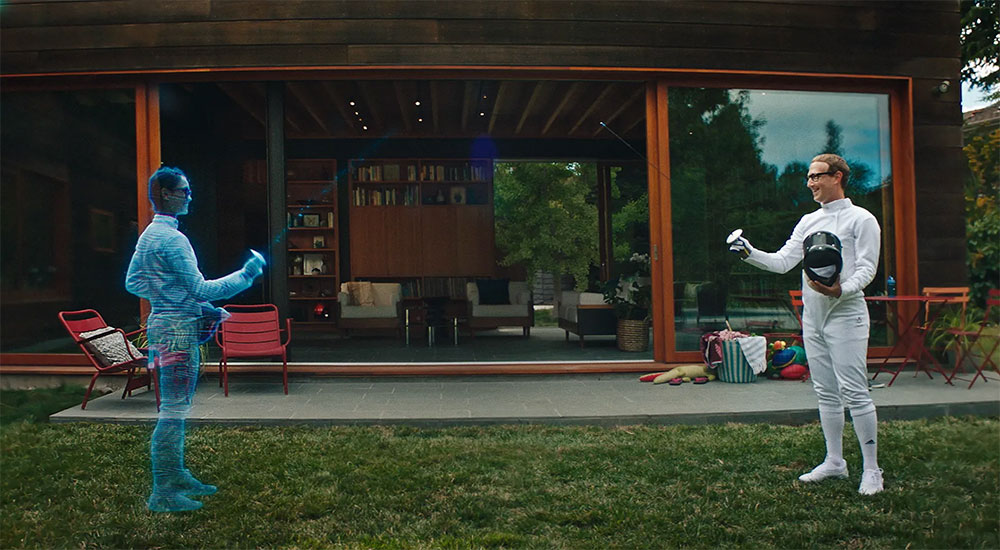
What is the metaverse?
Disclaimer: there’s no universally accepted definition of the metaverse. Understandably so, as the metaverse is still very much in its infancy. Matthew Ball, a venture capitalist and prolific writer, believes the “full vision of the Metaverse is decades away.” However, he does offer a swing at a definition in his essay on the subject:
“The Metaverse is a massively scaled and interoperable network of real-time rendered 3D virtual worlds which can be experienced synchronously and persistently by an effectively unlimited number of users with an individual sense of presence, and with continuity of data, such as identity, history, entitlements, objects, communications, and payments.”
If that sounded like more strings of jargon, perhaps Facebook’s simplified version may be easier to digest:
“The metaverse is a set of virtual spaces where you can create and explore with other people who aren’t in the same physical space as you.”
Still can’t wrap your mind around that? For a point of reference, think of the metaverse as a successor to the internet. It combines a variety of experiences—some of which you may already be familiar with today—including virtual reality, augmented reality, and 3D holographic avatars.
You’ll be able to work, play, stay, and interact with others as well as buy and sell both physical and virtual items in the metaverse. Sure, you can do some form of these with an app, videogame, or webpage (via the internet) today. But with the metaverse, it’ll be hyper-real—like you’re actually doing it in person with someone who may be a hundred miles away. Mark Zuckerberg calls this an “immersive and embodied internet where you’re in the experience, not just looking at it.”

Is the metaverse the same as virtual worlds?
No, it’s not really accurate to call the metaverse a virtual world, a virtual space, or virtual reality, according to Matthew Ball. That would be like calling Google the Internet. Rather, the metaverse will consist of multiple virtual worlds that exist synchronously, so you may be able to take virtual items from one platform to another. For instance, a Counter Strike gun skin may also be used to decorate a gun in Fortnite.
However, the possibility of transcending platforms—as well as the idea of having a single avatar per user across all experiences—is still highly debatable as it poses challenges to leaders in the Metaverse who may want to maintain their aesthetic and identity. Some pioneers favour a decentralised platform built upon community-based standards and protocols, but there’s no consensus on how this would work yet. As mentioned, it’s still early days.
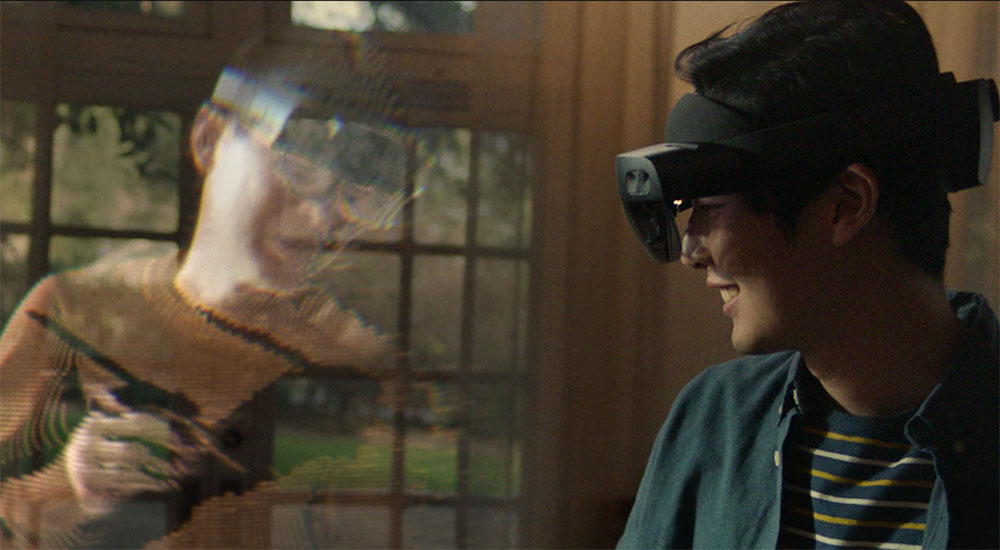
Where did it originate from?
Neal Stephenson famously coined the term “metaverse” in his 1992 novel Snow Crash, depicting lifelike avatars who met in realistic 3D virtual worlds and other virtual reality environments. His book remains one of the most common reference points for metaverse proponents, along with Ernest Cline’s 2011 novel Ready Player One.
Are we in the metaverse yet?
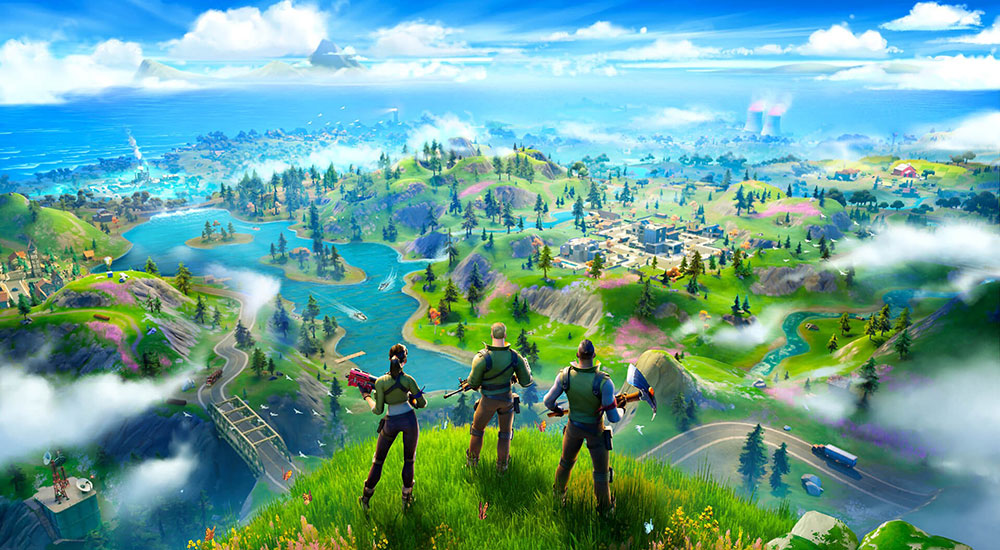
Precursors to the metaverse have long existed, especially in gaming platforms such as Fortnite (2017) and Roblox (2006). Fortnite famously hosted virtual experiences including live concerts by Ariana Grande and Travis Scott, and crossover events with Marvel and DC superheroes. Roblox—a game where users create and play games developed by other users—has previously teamed up with Vans to create a virtual skateboarding park, as well as Gucci on a virtual Gucci Garden.
The rise of virtual influencers from LA-based Miquela to Singaporean artist Rae also foreshadows how fashion and digital art will participate in the metaverse. Plus, remember the time when all the biggest fashion brands were suddenly teaming up with Animal Crossing creatives to design gamified collections?
Blockchain, cryptocurrency, NFTs, and play-to-earn technology form other key building blocks of the metaverse, paving the way for it to have a fully functioning economy. But with all that said and done, we’re not quite in the metaverse in its full-fledged glory yet. You will, however, find the term being used loosely to reference these existing technologies. Depending on how finicky you are on technicalities, the metaverse is both/either here and not yet.
How will it shape the future of tech?
Microsoft, one of the major players in the race towards the metaverse, wagers that video conferencing and gaming may be the fastest paths to its materialisation. The tech behemoth has already unveiled its plans for the former with Microsoft Mesh, which is designed to enable “presence and shared experiences from anywhere—on any device—through mixed reality applications.” It’s expected to roll out this year, with Holoportation and Avatars among its key features.
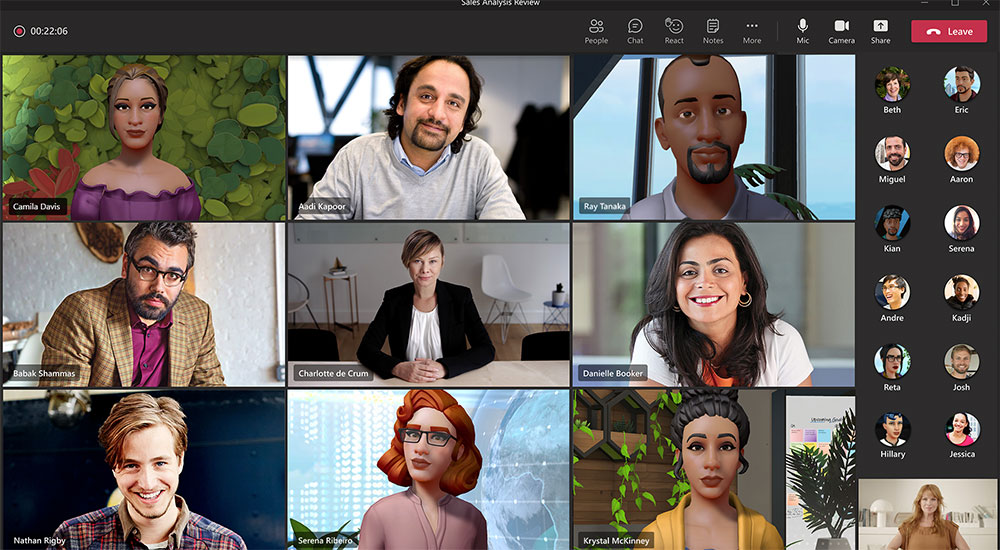
Horizon Workrooms is Meta’s answer to Mesh, but it’s also working on a host of other experiences that incorporate AR/VR technologies. Meanwhile, gaming companies like Epic Games (best known for Fortnite) and Sandbox have announced plans to explore immersive and enriching experiences including user-generated NFTs, virtual events, and VR games. Decentraland, which currently boasts a 3D VR platform with measurable real estate, has also invested in a company called Decentral Games to further develop its gameplay capabilities.
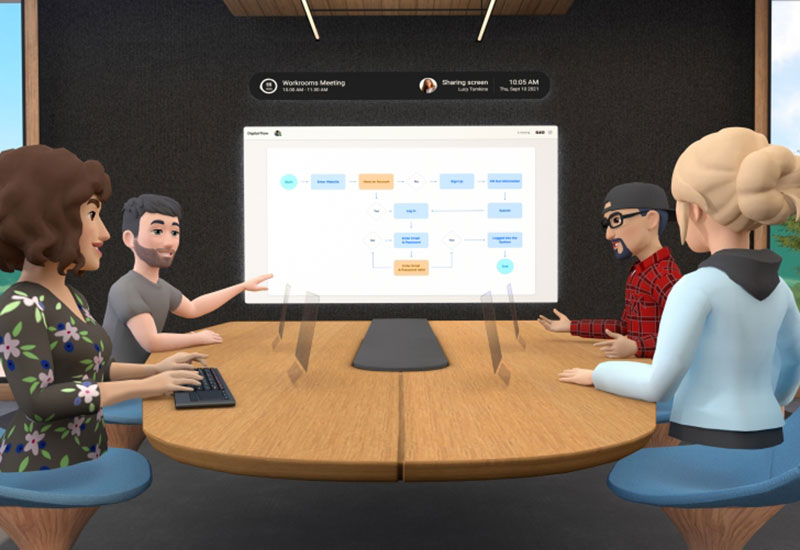
Fashion and retail stand to gain from the metaverse, too. Beyond e-commerce, we’ll likely see virtual malls coming to life and providing shoppers with spaces to socialise online, while giving brands the opportunity to engage with customers through novel shopping experiences. Imagine being able to virtually try on clothing without visiting the store, or shopping for furniture at home and projecting how it will look like in your bedroom.
Of course, these technologies may not be accessible to everyone. Perhaps some items or services like virtual land and high-value NFTs may be seen as status symbols. Whatever else the future of the metaverse will look like remains to be seen, but what we do know is that the tech world is already headed in that direction.
Find more stories on technology here.
| SHARE THE STORY | |
| Explore More |



